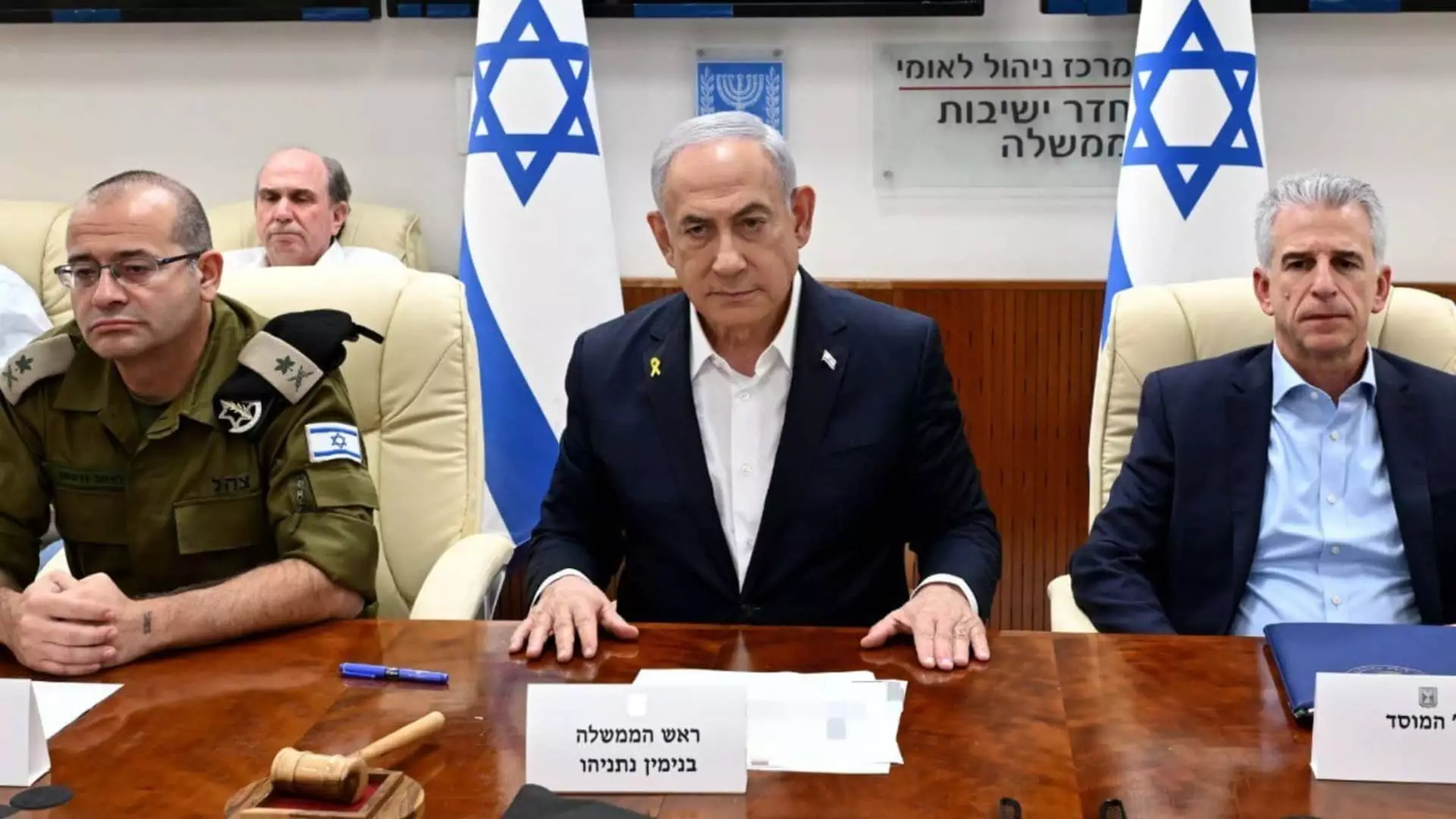The recent airstrikes conducted by Israel against alleged military targets in Iran mark a significant moment in the ongoing hostilities between Israel and Iranian-backed groups in the Middle East. Following Iranian missile attacks on Israel earlier in October, which included a significant barrage on October 1, Israel’s military responded with what it described as “precise strikes on military targets” in Iran. This military action underscores the deepening conflict that has escalated since the initiation of hostilities between Israel and Hamas on October 7, 2023, which was triggered by a surprise attack from Hamas that resulted in substantial casualties on both sides.
The Underlying Causes of Hostility
This current bout of violence can be traced back to longstanding animosities in the region. Israel views Iran as its principal adversary due to its aggressive military posture and unwavering support for anti-Israeli militant groups like Hamas and Hezbollah. Tensions have surged since the Islamic Revolution in 1979, as Iran has consistently articulated a vehement opposition to Israeli statehood, fueling Israel’s perception of an existential threat.
In recent months, the conflict has escalated dramatically, particularly following the outbreak of violence in Gaza, which has resulted in extreme casualties and humanitarian crises. Thousands of Palestinians have lost their lives due to Israeli military operations, while Israel continues to grapple with the ongoing threats posed by Iranian-backed militias. The complex web of regional alliances and enmities adds further complexity to the conflict.
Following the airstrikes, reports indicated a series of explosions in Tehran, although immediate damage assessments were not available. Iranian state media initially acknowledged the strikes, with some reports suggesting that air defense systems were activated in response. However, attempts by Iranian officials to downplay the level of damage, including broadcasting footage of daily life in Tehran, signal a narrative management strategy aimed at maintaining public morale amid escalating hostilities.
The strikes triggered international interest, with air travel disruptions noted as flights began to avoid Iranian airspace. This maneuver indicates the severity of the situation on the ground and the potential for broader disruption across the region. U.S. officials confirmed prior knowledge of Israel’s operations but emphasized that there was no direct involvement by American forces, suggesting a delicate balance of support and caution amidst the high-stakes environment.
The strikes against Iran come at a time when the United States is striving to mitigate escalation in the Middle East. As Secretary of State Antony Blinken wrapped up an official visit to the region, he was keen to stress the importance of restraint from Israel in the face of mounting tensions. Nonetheless, Israel’s leadership justified its military actions, framing them as necessary measures in response to ongoing threats to its sovereignty and security.
The regional implications of these airstrikes cannot be understated. Iran has vowed retribution for Israeli attacks on its allies, notably Hezbollah. The emergence of escalating military exchanges between these foes not only destabilizes the immediate region but poses a risk of attracting additional actors into the fray, potentially leading to a larger, more chaotic conflict.
It’s essential to recognize the cycle of violence that pervades the Israel-Iran conflict. Historical patterns show that one side’s retaliation almost invariably precipitates a counter-response from the other, leading to a cycle of retaliation that is difficult to break. For instance, following the initial missile attacks on October 1, Israel pledged a robust response, a commitment it has now followed through on.
This cycle is destructive and has catastrophic implications for civilian populations caught in the crossfire, as seen in Gaza. International organizations report alarming death tolls and humanitarian crises, with millions facing deprivation and displacement as military operations intensify. The suffering of ordinary civilians exacerbates the anger and resentment that fuel the conflict, creating a vicious loop where peaceful resolution seems increasingly elusive.
As the conflict continues to unfold, the possibility of a de-escalation remains unclear. Historical patterns of violence suggest that without substantial diplomatic intervention, the region may continue to spiral into further chaos. The international community faces a pressing challenge to broker a ceasefire, alleviate humanitarian suffering, and promote dialogue between the involved parties.
However, the entrenched positions of both Israel and Iran, combined with the presence of proxy groups and complex alliances, pose formidable obstacles to peace. As the situation develops, observers must remain vigilant in understanding the multifaceted dynamics at play in this protracted conflict that reflects deeper regional issues and geopolitical concerns. Without concerted efforts to address the root causes of this animosity, the cycle of violence is likely to persist, with dire consequences for the Middle East and beyond.


Leave a Reply